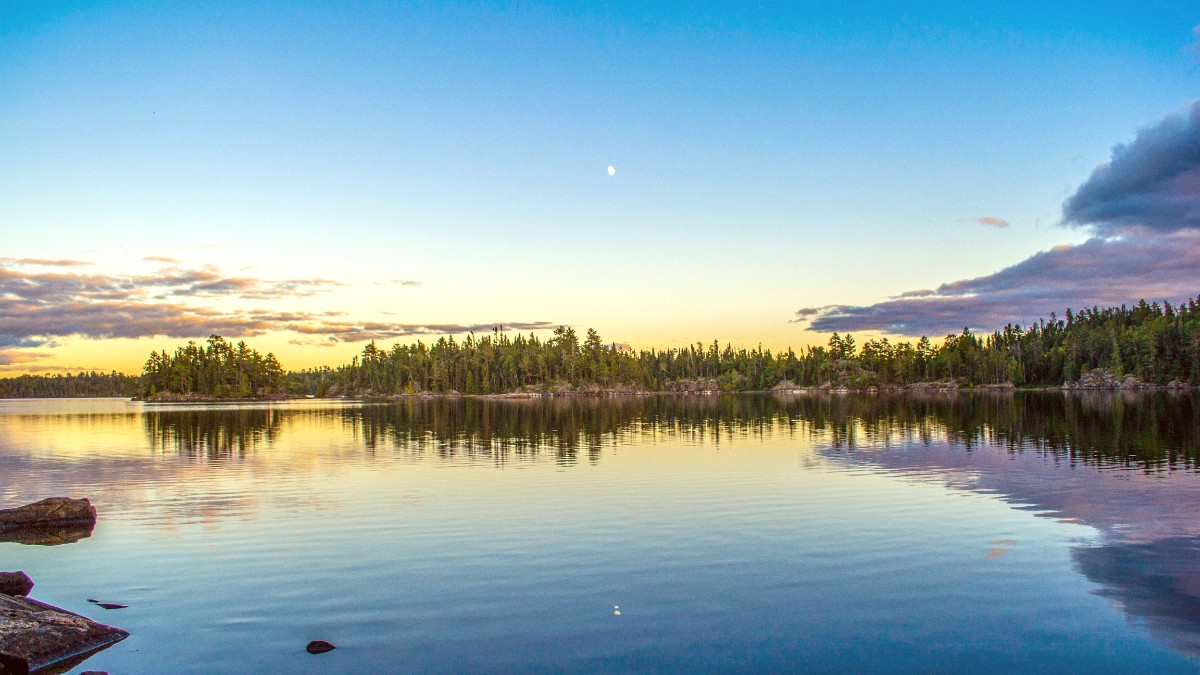
Minnesota, USA
Planning a BWCAW trip can align with various budgets, offering ways to control costs.
Time holds value, especially on a wilderness trip. These tips streamline logistics and maximize your time on the water.
Navigate the wilderness with a sense of what to expect, drawing from local wisdom.
Different group compositions call for tailored planning and considerations for a safe and enjoyable trip.
When traveling with children, frame portages as an exciting part of the journey, turning them into a game or challenge to maintain enthusiasm.
Time holds value, especially on a wilderness trip. These tips streamline logistics and maximize your time on the water.
Secure permits up to six months in advance via Recreation.gov to avoid limited last-minute availability. This enables confident route planning.
Outfitters streamline logistics. They give route advice, supply gear, pack food, and arrange shuttles, saving immense planning time.
Pack gear into dry bags, ensuring frequently used items are accessible and heavy items are low for canoe stability. A well-packed canoe aids portaging.
Pack a "day bag" for your canoe. Keep snacks, water, sunscreen, bug spray, and map/compass in a small, accessible dry bag for quick access while paddling.